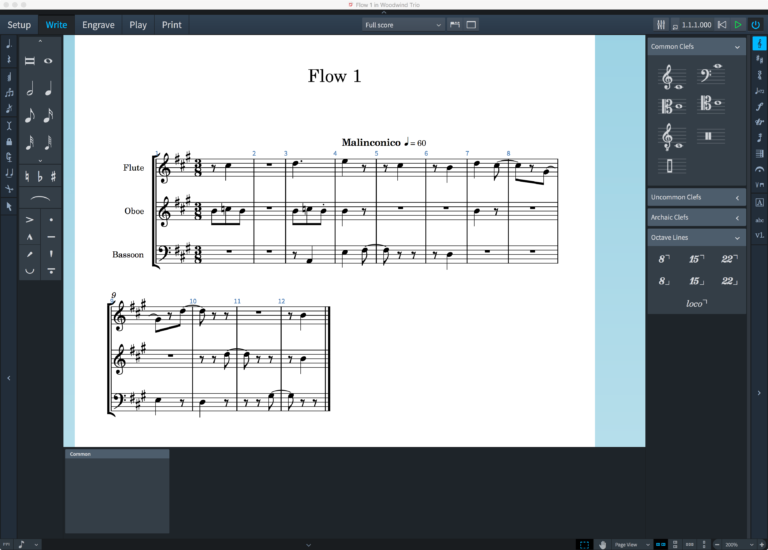

This also removes notes from any relevant score and part layouts. You can delete notes in the event display in Play mode. You cannot transpose notes in the drum editor, or move them to other unpitched percussion instruments.

You can transpose notes in the piano roll editor by moving them vertically to other pitch positions. Transposing notes in the piano roll editor.This automatically changes the notated duration of notes in any relevant score and part layouts. You can change the duration of notes belonging to pitched instruments from within the piano roll editor in Play mode. Lengthening/Shortening notes in the piano roll editor.This also affects how the selected notes are notated in any relevant score and part layouts. You can move notes rhythmically within the event display. You can follow these steps for both pitched and unpitched instruments. You can input notes into the instruments in your project using the event display in Play mode. The drum editor appears different to the piano roll editor and has different functionality. The drum editor displays MIDI notes for unpitched percussion instruments in a continuous sequence. The piano roll editor displays MIDI notes for pitched instruments in a continuous sequence, with the vertical position of note events indicating their pitch.

The event display presents your project in a similar way to that used in a digital audio workstation, or DAW, such as Cubase. It allows you to view and edit your music, but focuses more on how it sounds in playback rather than its notation. The event display in Play mode is the equivalent of the music area in Write mode. These options affect playback, regardless of expression maps and patches. The Playback Options dialog provides options that allow you to make project-wide changes to how the music you have written sounds when played back. The project window in Play mode contains the default toolbar and the event display, and also a toolbox and panels that contain all the tools and functions that allow you to set up your project for playback. Play mode allows you to change how your music sounds in playback, including by changing the playback template and assigning VST instruments, inputting automation, adjusting the mix, and changing the sounding duration of notes in playback without affecting their notated duration.
#DORICO MOVE NOTES UP AND DOWN PRO#
The formatting of pages in Dorico Pro is determined by a number of factors, including the layout’s staff size, page margins, the master page applied to them, any casting off values applied to them, system and frame breaks, and frame padding. You can also determine how the pages in each layout of your project are formatted for printing or exporting. The available toolboxes and panels allow you to input all the notes and notation items that are most commonly used.Įngrave mode allows you to manipulate and modify every item in your project, but without deleting them, moving them rhythmically, or changing the pitch of notes. Write mode allows you to input and edit your music, including changing the rhythmic positions of items, changing the pitch of notes, and deleting notes and items. You can also determine how they interact with each other, for example, by changing the players assigned to layouts. Setup mode allows you to set up the fundamental elements of the project: instruments and the players that hold them, flows, layouts, and videos. In addition to opening and importing/exporting projects and other file formats, project and file handling also includes auto-save and project backups. The user interface of Dorico Pro is designed to be as unobtrusive as possible while keeping all of the important tools at your fingertips. This chapter helps you to get started with Dorico Pro.ĭorico is based on a number of key concepts that come from its design philosophy.


 0 kommentar(er)
0 kommentar(er)
